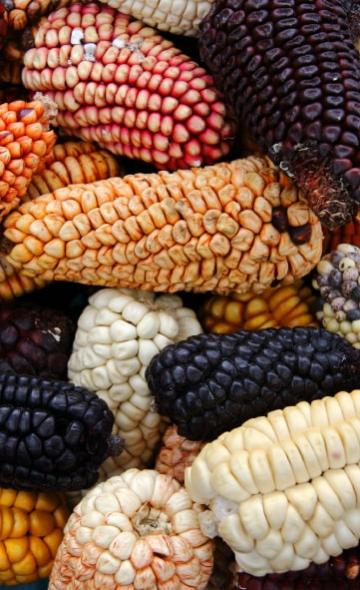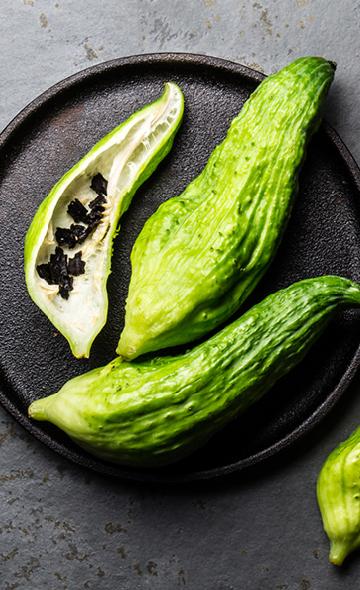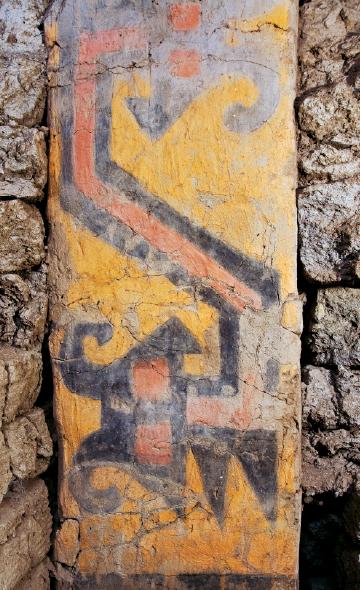- Visitors
- Researchers
- Students
- Community
- Information for the tourist
- Hours and fees
- How to get?
- Visitor Regulations
- Virtual tours
- Classic route
- Mystical route
- Specialized route
- Site museum
- Know the town
- Cultural Spaces
- Cao Museum
- Huaca Cao Viejo
- Huaca Prieta
- Huaca Cortada
- Ceremonial Well
- Walls
- Play at home
- Puzzle
- Trivia
- Memorize
- Crosswords
- Alphabet soup
- Crafts
- Pac-Man Moche
- Workshops and Inventory
- Micro-workshops
- Collections inventory
- News
- Students
- Maize: discover its nutritional value, properties, uses, and varieties
News
CategoriesSelect the category you want to see:
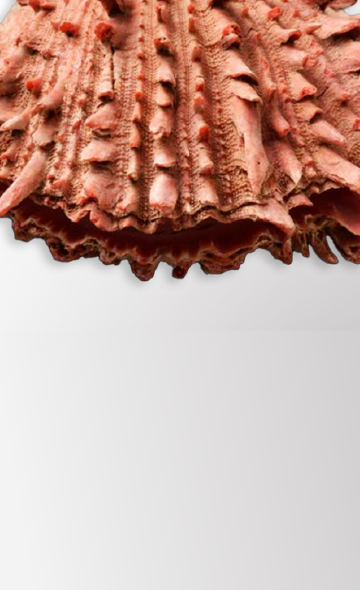
The Use of Spondylus Shells in Moche Ceremonial Contexts: Why Were They Symbols of Status and Wealth? ...
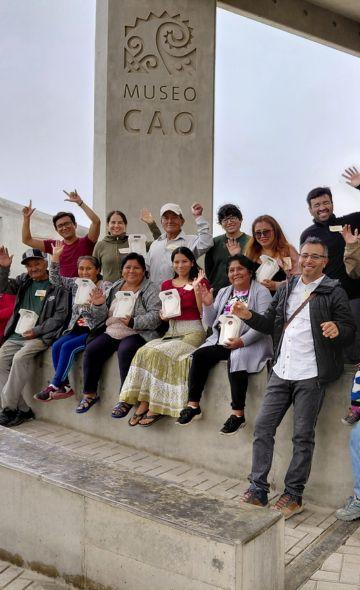
El Brujo Celebrated International Museum Day with Its Community: A Day of Encounter and Cultural Co-Creation ...
To receive new news.
By: Complejo arqueológico El Brujo
Maize is one of the oldest and most representative foods of the Andean diet. Its importance in the diet, agriculture, and culture of pre-Hispanic civilizations, such as the Moche, has been widely documented. Today, this grain remains a key ingredient in cuisines around the world, thanks to its nutritional value, multiple health benefits, and remarkable versatility.
In this article, we explore the properties of maize, its contributions to health, the different varieties that exist, and its uses in everyday food, particularly those connected to the Andean region.
Nutritional value of Maize
Maize stands out as a rich source of complex carbohydrates, which provide sustained energy. It is low in fat and contains a significant proportion of dietary fiber, making it an ally for digestive health.
According to Botanical Online, maize is a good source of B-complex vitamins, such as thiamine, niacin and folic acid as well as minerals including magnesium, phosphorus, iron and zinc. It also contains antioxidants such as lutein and zeaxanthin, which protect cells from oxidative damage and support eye health.
In addition, maize is gluten-free, making it suitable for people with celiac disease or gluten intolerance.
What are the properties of Maize and its health benefits?
The properties of maize go beyond its role as an energy source. This cereal offers a variety of benefits that make it a functional food for different stages of life. Among the most notable are:
- Improves intestinal transit: thanks to its insoluble fiber content, it helps prevent constipation.
- Contribution to the immune system: minerals such as zinc and B vitamins strengthen the body’s defenses.
- Support for cardiovascular health: its fiber and antioxidants help maintain healthy cholesterol levels.
- Source of energy for physical activity: ideal for students and individuals with high energy demands.
How many types of Andean Maize exist?
In the Andes, diverse varieties of maize have been cultivated for thousands of years. According to recent research, ancient societies such as the Moche developed agricultural knowledge that enabled them to take advantage of the different species of this grain.
Some of the most prominent types of Andean maize include:
- Purple maize: used in beverages such as chicha morada, it is rich in anthocyanins, antioxidant compounds.
- White and yellow maize: the base of many traditional preparations such as humitas, tamales and mote.
- Toasted Maize (Maíz Cancha): a large-kernel maize that is toasted and consumed as a snack.
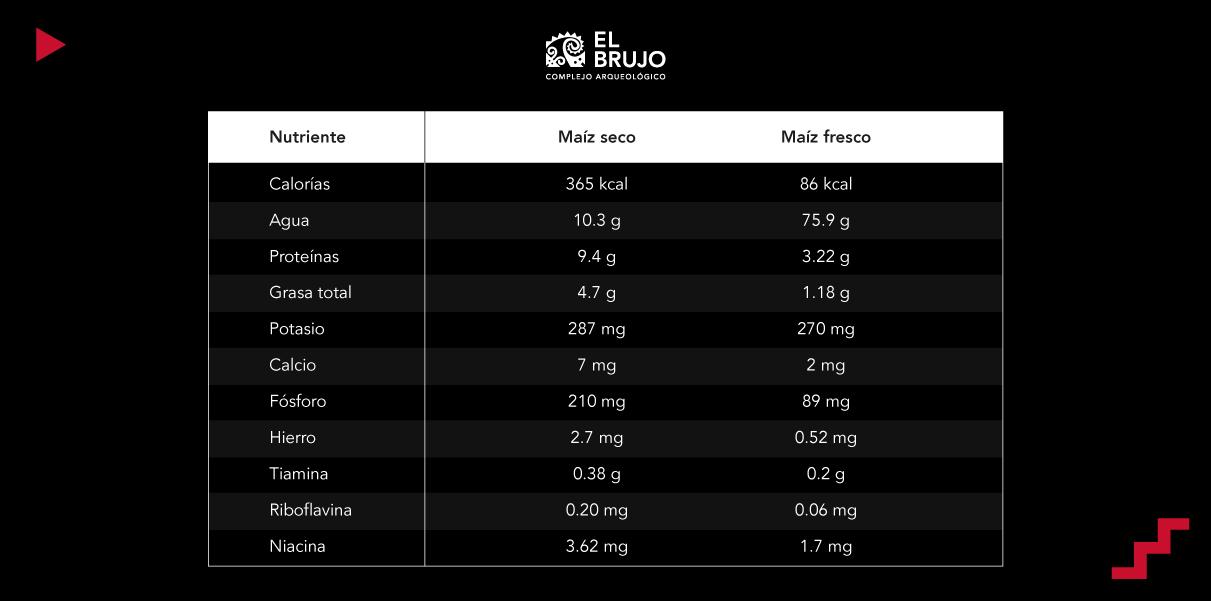
Source: Elisenda Carballido / Botanical Online
According to researchers José Alva and Leslie Zúñiga from CAEB, these varieties not only fulfill nutritional functions but also hold cultural and ritual significance linked to ancestral agricultural practices.
Uses of Maize in Andean Cuisine
Maize is extremely versatile and adapts to different forms of preparation. In the Andean context, it is used in both savory and sweet dishes, as well as in traditional beverages. Among its most common uses are:
- Mazamorras: sweet preparations made with purple maize, spices and dried fruits.
- Tamales and Humitas: wrapped in corn husks, steamed and filled with meat, cheese, or chili peppers.
- Chicha: a fermented or non-fermented beverage prepared with different varieties of maize.
- Mote and Cancha: boiled or toasted kernels that accompany traditional dishes or are consumed as snacks.
These uses reflect the culinary creativity of the Andean peoples, who have known how to make the most of this millenary grain.
Maize in Moche Agriculture (around 1500 years ago)
Archaeologists have documented in their research how Moche agriculture relied heavily on maize cultivation, which was carried out in carefully prepared fields and managed by specialized farmers.
In the Chicama and Moche valleys, according to studies conducted at Moche settlements, evidence has been found of maize cultivation alongside other species that were part of the Moche diet.
Discover the value of Maize in your daily life
Are you ready to include more maize in your meals? This millenary food offers health benefits while connecting you with a rich and diverse cultural heritage. From a homemade mazamorra to a portion of mote with cheese, maize provides countless ways to enjoy a delicious and healthy diet.
Keep exploring the treasures of Andean foods and learn more about their history and properties [here].
Students , outstanding news


